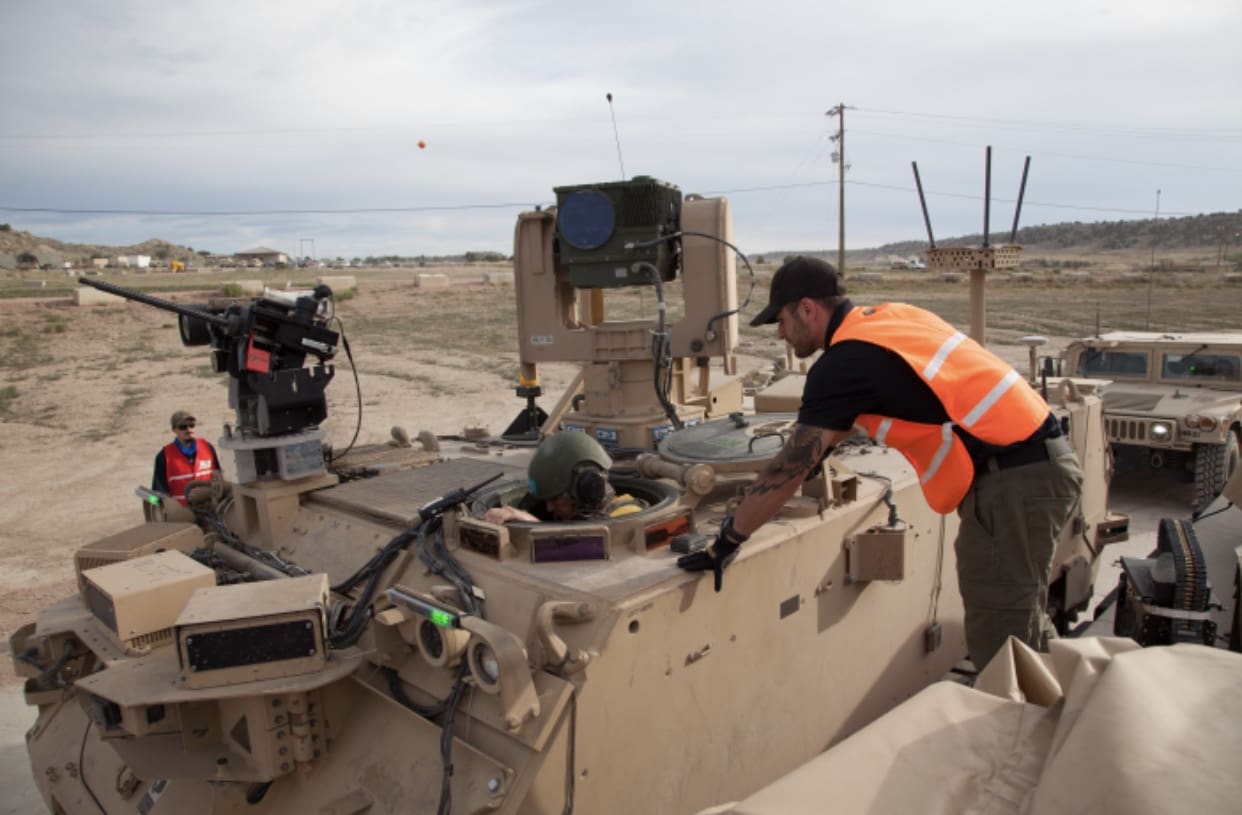Company officials say mobile ad hoc network will shine in complex, multi-unit battlefield scenarios
For Immediate Release
NEW YORK, N.Y. – August 18, 2020 – Persistent Systems, LLC (“Persistent”), a leader in mobile ad hoc network (MANET) solutions, announced today that it has successfully completed Phase I of the U.S. Army Robotic Command Vehicles (RCV) program.

Run under the auspices of the Army Future Command’s Next Generation Combat Vehicles – Cross Functional Team, the RCV program aims to show the utility of manned-unmanned teaming with a future Optionally Manned Fighting Vehicle (OMFV) being able to control multiple RCV “wingmen.”
During Phase I, a modified M113 tracked armored personnel carrier acted as an RCV surrogate while a modified Bradley infantry vehicle called the Mission Enabling Technologies-Demonstrator, or MET-D, served in lieu of a yet-to-be-built OMFV.
“We successfully networked the surrogate platforms in a point-to-point fashion with our Wave Relay MANET,” Brian Soles, VP of Government Relations & Business Strategy for Persistent Systems, said. “That means enabling the cameras, sensors and software as well as the command-and-control interface for control of the RCV and its gun systems.”
Persistent Systems is now working with the Next Generation Combat Vehicles – Cross Functional Team and other stakeholders, such as Army Combat Capabilities Development Command’s Ground Vehicle Systems Center and C5ISR Center, to review lessons learned and further adapt Wave Relay capabilities.
“We are really looking forward to Phase III of the Army RCV program,” Soles said, “because it’ll be a complex, RF-contested and -congested environment with multiple air, ground, and dismounted units, and that’s where Wave Relay’s scalability, resiliency and spectrum efficiency will shine.”

